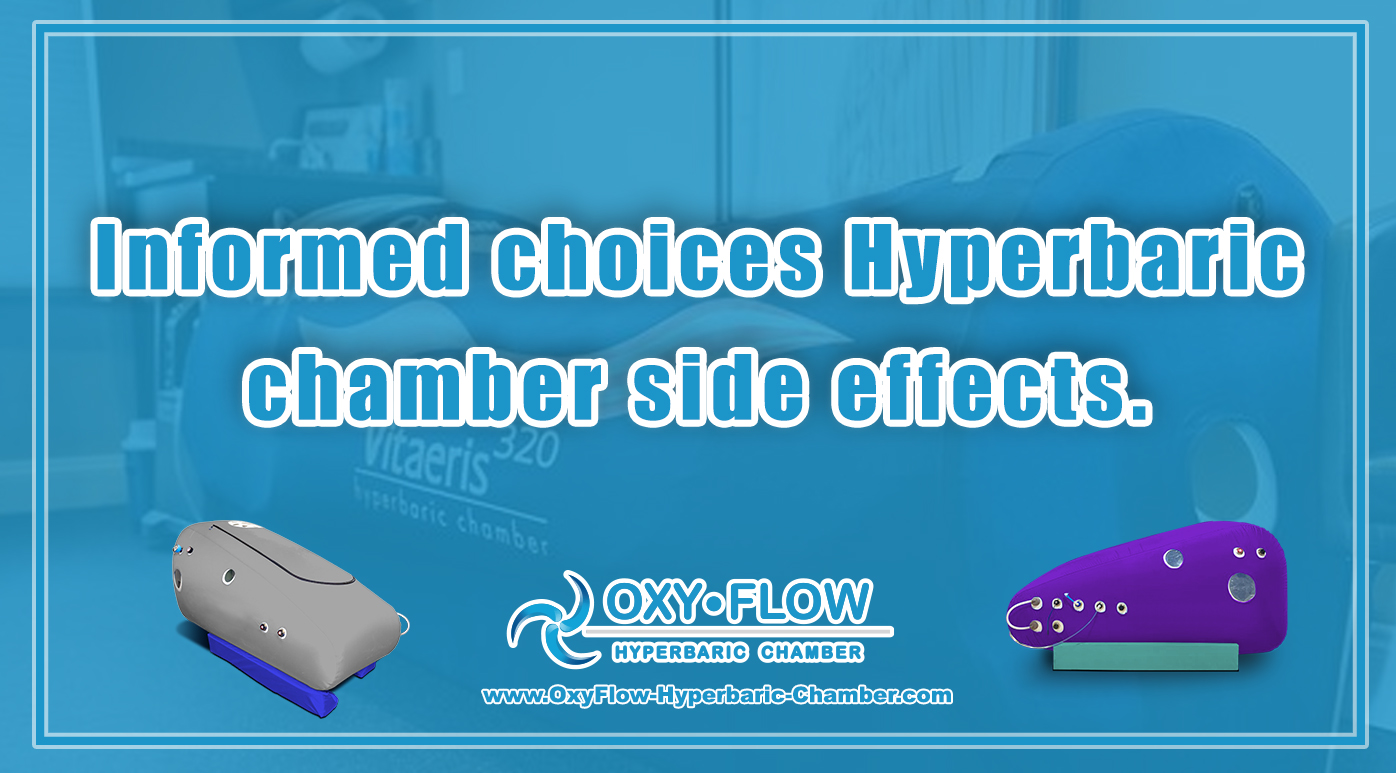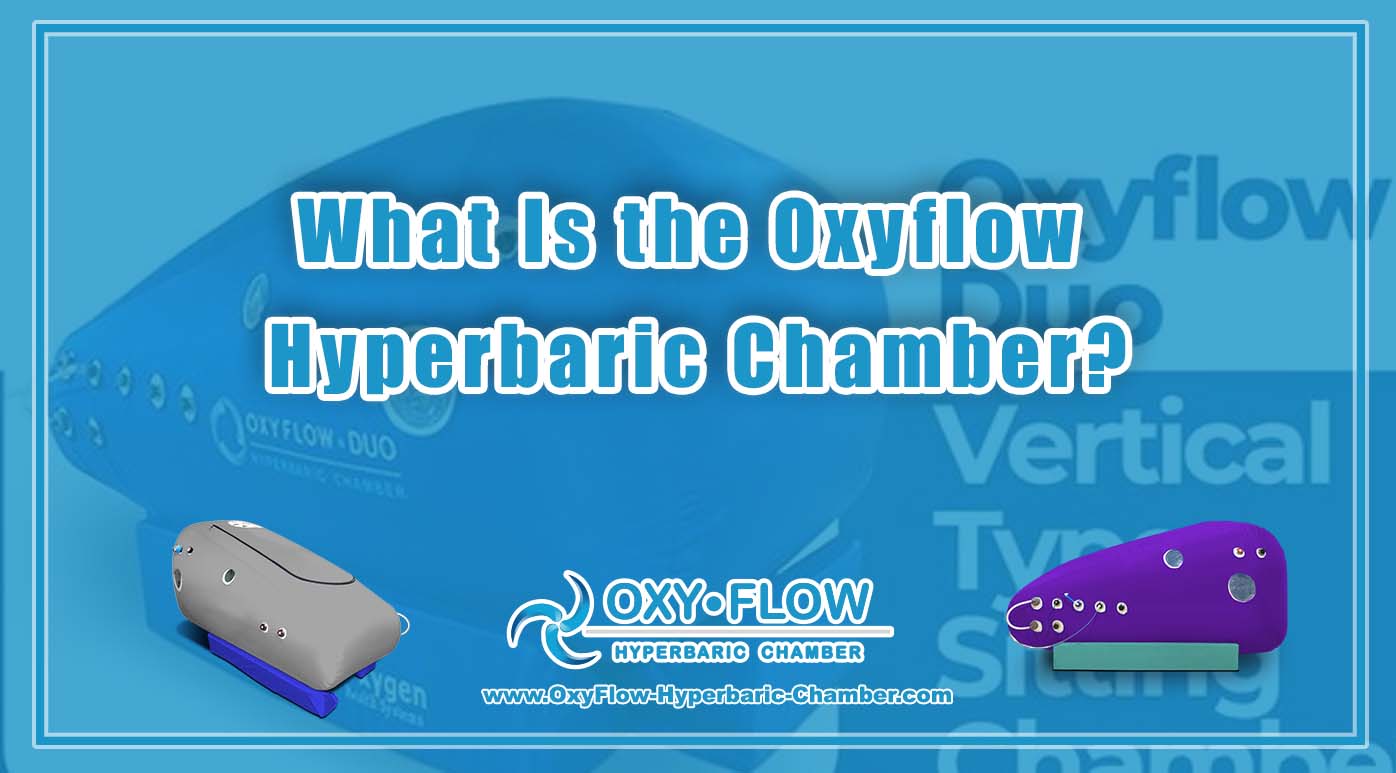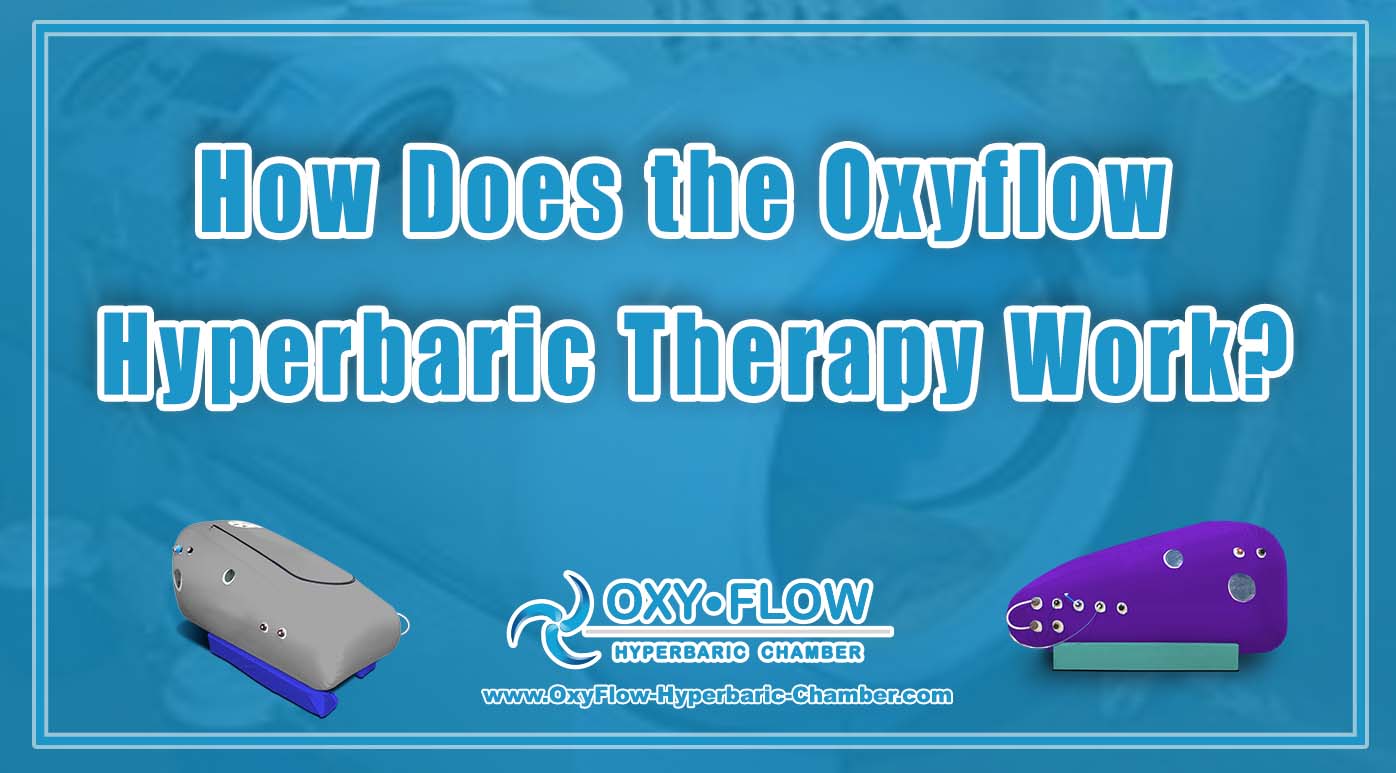
Informed choices | Hyperbaric chamber side effects.
Informed choices | Hyperbaric chamber side effects.

Making informed choices about our health is essential, especially when it comes to exploring alternative therapies such as hyperbaric oxygen therapy (HBOT). While HBOT has been gaining popularity for its potential benefits in treating various medical conditions, it is crucial to understand the possible side effects associated with this treatment.
What is a Hyperbaric Chamber?
A hyperbaric chamber is a pressurized vessel in which a patient breathes pure oxygen at increased atmospheric pressure. This process allows the lungs to gather more oxygen than would be possible by breathing pure oxygen at normal air pressure. The increased oxygen levels in the blood can promote healing and provide therapeutic benefits for a range of health conditions.
Informed choices Benefits of Hyperbaric Oxygen Therapy.
Hyperbaric oxygen therapy has been used to treat conditions such as carbon monoxide poisoning, non-healing wounds, decompression sickness, and radiation injuries. It is also believed to have anti-inflammatory effects and can promote the growth of new blood vessels. Some studies suggest that HBOT may benefit individuals with certain neurological conditions, such as traumatic brain injuries and stroke.
Informed choices Side Effects of Hyperbaric Oxygen Therapy.
While hyperbaric oxygen therapy is generally considered safe, there are potential side effects that individuals should be aware of before undergoing treatment. Common side effects of HBOT may include:
- Ear Barotrauma: Changes in pressure during hyperbaric treatments can cause discomfort or injury to the ears. Patients may experience ear pain, fullness, or even eardrum rupture. To mitigate this risk, patients are taught techniques to equalize pressure in the middle ear during treatment.
- Sinus Squeeze: Similar to ear barotrauma, changes in pressure can also impact the sinuses, leading to discomfort or pain. Patients with sinus conditions may experience worsened symptoms during hyperbaric treatments.
- Oxygen Toxicity: Breathing pure oxygen under pressure for extended periods can lead to oxygen toxicity. Symptoms of oxygen toxicity may include breathing difficulties, disorientation, vision changes, and seizures. Healthcare providers carefully monitor oxygen levels during HBOT sessions to minimize this risk.
- Fire Hazard: Oxygen-rich environments can increase the risk of fire. Patients undergoing hyperbaric treatments must adhere to strict safety protocols to prevent fires or explosions within the chamber.
- Claustrophobia: The enclosed space of a hyperbaric chamber may trigger feelings of claustrophobia in some individuals. Proper counseling and support can help patients manage anxiety related to the treatment environment.
- Baropressure-related Injuries: In rare cases, rapid changes in pressure within the hyperbaric chamber can lead to injuries such as barotrauma, pneumothorax (collapsed lung), or air embolism. These risks are minimized by following strict treatment protocols and guidelines.
Conclusion.
Before undergoing hyperbaric oxygen therapy, it is essential to have a thorough discussion with healthcare providers about the potential risks and benefits of the treatment. By staying informed and working closely with medical professionals, patients can make empowered decisions about their health and well-being.


